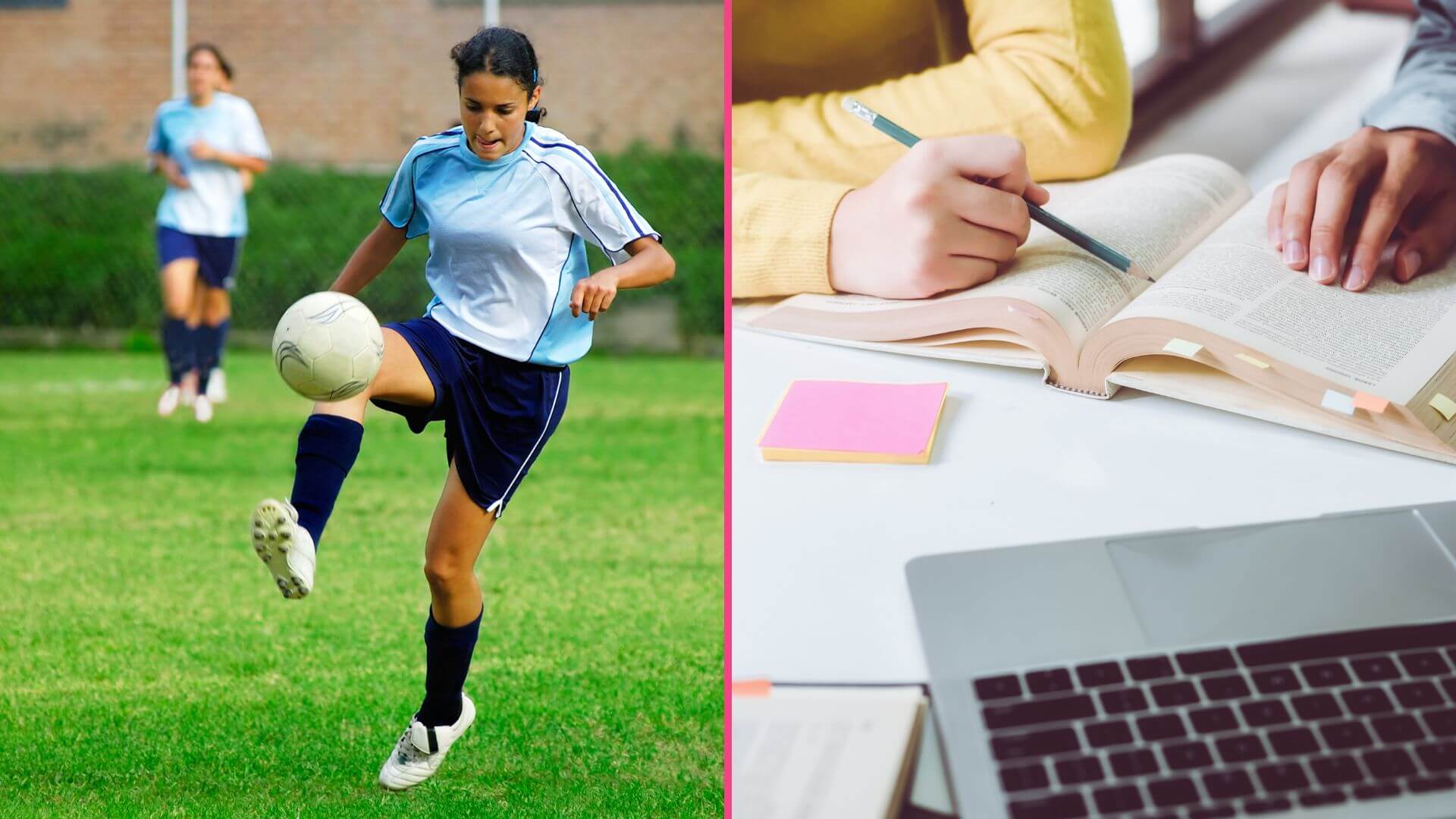Equine Soccer: The Weird Intersection Between Soccer And Horse Racing
When we talk about soccer, what’s the first thing that comes to mind? Probably, a grassy field where two teams (humans) and a ball play for 90 minutes. But just when you’ve thought you’ve seen everything, there is a new trend that’s popping up.
What if we tell you that there is a sport, where instead of the human athletes, you get to play on a horse? Yes, it sounds weird and strange, but it is a sport that is quite fun to watch. It’s just like Rocket League, but instead of cars, you play soccer with horses with a huge ball.
I know that even if you are not a soccer fan or someone who loves horses, you should watch equine soccer.
But this is not a Gen Z trend that introduced a new way of playing football. It is actually a sport called “hoofball” that existed for quite some time. And trust me, it is as wild as it sounds.
You get a bunch of people to ride horses, two goals, a big enough dirt field, and a ball that is 10 times bigger and softer than the one in soccer. What could go wrong?
This is a sport that even regular people can try. You only need to have decent riding skills and you are good to go.
What is Equine Soccer?
Just as the name suggests, this is a blend of traditional soccer and horse riding. Players ride horses with one purpose – to score a goal! I’ve never thought that horses can kick a ball, but it seems like they can.
The best way to explain it is if we combine polo and soccer. It sounds wild, and it actually is! Who thought to give horses a taste of soccer?
A Quick Overview:
- Field Size: Usually 60′ x 100′, but it can vary.
- Ball Size: A 40-inch diameter exercise ball, because why not?
- Teams: Typically, 2 to 3 riders, but can go up to 10 in total.
- Match Duration: Often two halves, either 10 or 15 minutes each).
Is It a New Thing?
The most surprising fact about equine soccer or hoofball is that it dates back to the 1920s. Yes, you’ve heard that right. The only difference between now and then is the size of the ball. If you look at some of the old pictures of hoofball, you’ll find that the ball is actually as big as the horses, whereas nowadays it is half the size of a horse (40-inch inflatable ball).
I know it might sound like a wacky TikTok challenge, but trust me, it is a real sport that is very fun and exciting to watch.
Controlling horses in tight situations is challenging, and that’s why riders need to be prepared for the job. It’s not only about pushing the ball to the goal, it is also about defense, formation, and strategy.
After seeing a couple of equine soccer games, I’m hooked immediately. Shame we cannot place a bet on this sport since it would have been awesome!
But if you want to showcase your horse racing handicapping skills, join the TwinSpires handicapping tournaments here: https://www.twinspires.com/tournaments/
Why Play Equine Soccer?
You might be wondering, why would anyone play equine soccer? What’s in it for the horse or the rider? Here are some reasons:
- Training: It’s a fantastic way to improve horse-rider communication. The horse learns to follow commands in a dynamic environment.
- Exercise: Both horse and rider get a decent workout. Horses build endurance, and riders improve their balance and coordination.
- Entertainment: Let’s face it, watching horses dribble a giant ball is as entertaining as it gets.
Benefits at a Glance:
- Enhances trust between horse and rider.
- Provides a fun alternative to regular training.
- Encourages teamwork and strategic thinking.
Where Can You See Equine Soccer?
Equine soccer isn’t exactly filling up stadiums like the World Cup, but it has a niche following. You’ll find games mostly in rural communities and during equestrian events.
In places like Chino Valley, Arizona, you can even catch organized tournaments where teams compete for prizes. Events typically require teams to participate in several games throughout the season to qualify for the finals.
The Mechanics of the Game
So how does one actually play soccer on horseback without causing complete chaos? Here’s a breakdown:
- The Horses: They need to be well-trained, calm, and responsive. Not every horse is cut out for soccer glory.
- The Riders: Must be skilled in equestrian sports, able to steer their horse while simultaneously focusing on the ball.
- The Ball: Must be sturdy enough to withstand hooves and the occasional rogue kick.
Challenges and Controversies
While equine soccer sounds like a blast, it’s not without its challenges. Here are some points of contention:
- Safety: Managing a giant ball and multiple horses in a confined space can be risky.
- Training: Not all horses are suited for this kind of sport, and training can be intensive.
- Reception: Traditional equestrian circles sometimes view it as a novelty rather than a serious sport.
Points of Contention:
- Potential for injury to both horse and rider.
- Requires extensive training and patience.
- Some see it as a gimmick rather than a legitimate sport













